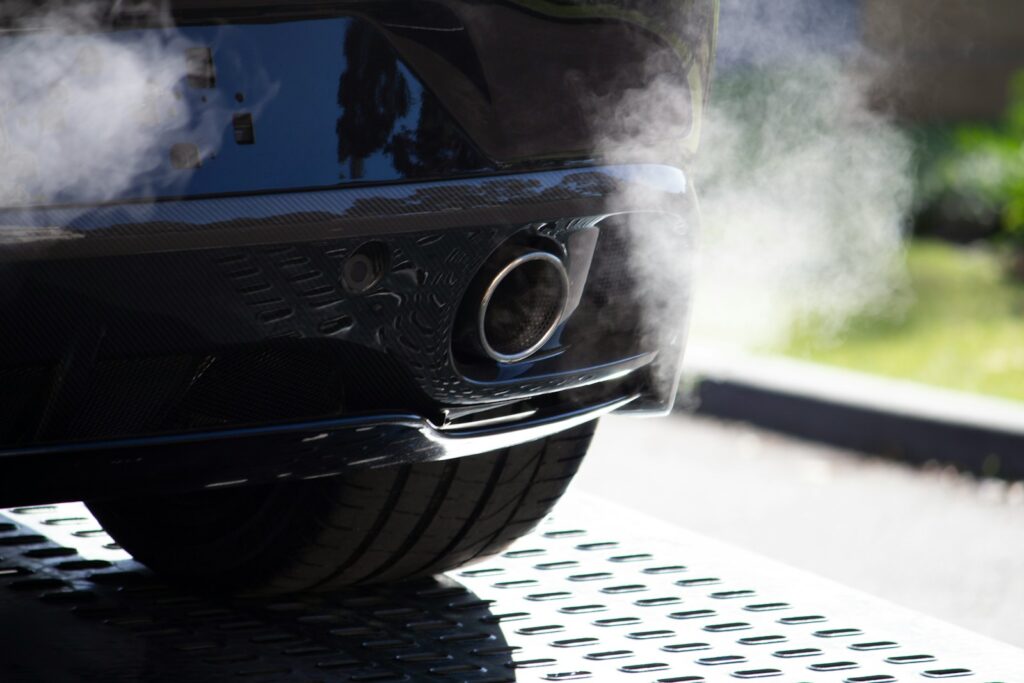The Role of Exhaust Systems in Reducing Vehicle Emissions

Vehicle exhaust emissions are a major contributor to air pollution. According to the European Environment Agency (EEA), road transport is responsible for 21% of total CO₂ emissions in the EU. While advancements in engine technology and fuel efficiency have helped curb pollution, faulty or aging exhaust components can still lead to increased harmful gas emissions, including nitrogen oxides (NOx) and carbon monoxide.
How Catalytic Converters Reduce Pollution
A key part of any vehicle’s exhaust system is the catalytic converter. This component helps convert harmful gases into less toxic emissions before they leave the exhaust pipe. It achieves this through a chemical reaction involving precious metals such as platinum, palladium, and rhodium. When functioning correctly, a catalytic converter significantly reduces pollutants. However, if it becomes damaged or clogged, emissions can rise, affecting air quality and vehicle performance. On the AUTODOC the following brands producing catalysts are highlighted: BM CATALYSTS, BOSAL, WALKER, HJS ().
Signs of a Failing Exhaust System
A well-maintained exhaust system ensures the efficient operation of a vehicle while keeping emissions within legal limits. Common signs of issues include:
- Increased fuel consumption
- Unusual noises from the exhaust, such as rattling or hissing
- The smell of unburnt fuel
- The check engine light turning on
- Excessive smoke from the exhaust pipe
AUTODOC specialists emphasize: “If your car emits black smoke from the exhaust pipe this can indicate that the engine is burning too much fuel which can lead to a loss of fuel efficiency and increased emissions. It is important to get this checked out as soon as possible, as it can indicate a problem with the engine or the car catalytic converter that could cause damage to your car in the long run.”.
The Importance of Regular Maintenance
Routine inspections and timely repairs can prevent costly damage and help keep emissions under control. Key maintenance steps include:
- Checking for leaks – A leaking exhaust system can allow harmful gases to enter the cabin and reduce overall efficiency.
- Inspecting the catalytic converter – A blocked or damaged converter can increase emissions and reduce fuel economy.
- Replacing worn-out components – Exhaust pipes, sensors, and gaskets should be checked and replaced as needed.
Compliance with Emission Regulations
Stricter environmental regulations are being introduced across Europe to reduce vehicle emissions. Many cities now have low-emission zones that require vehicles to meet specific standards to enter. Ensuring your exhaust system is in good condition can help you comply with these regulations and avoid fines or restrictions.
The exhaust system plays a vital role in reducing pollution and maintaining vehicle efficiency. Regular maintenance, timely repairs, and using high-quality replacement parts help minimize harmful emissions. Keeping your car’s exhaust system in optimal condition not only benefits the environment but also improves overall performance and fuel economy.


